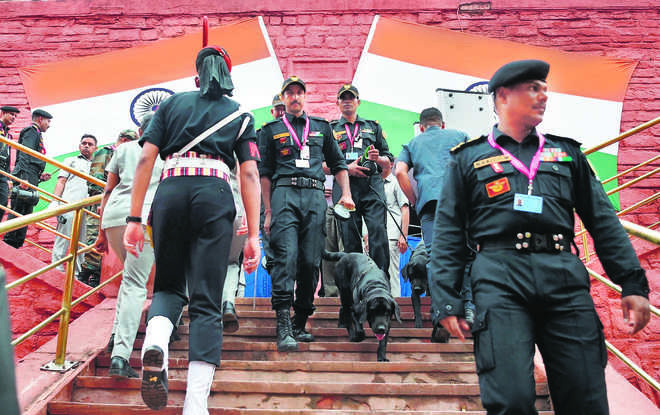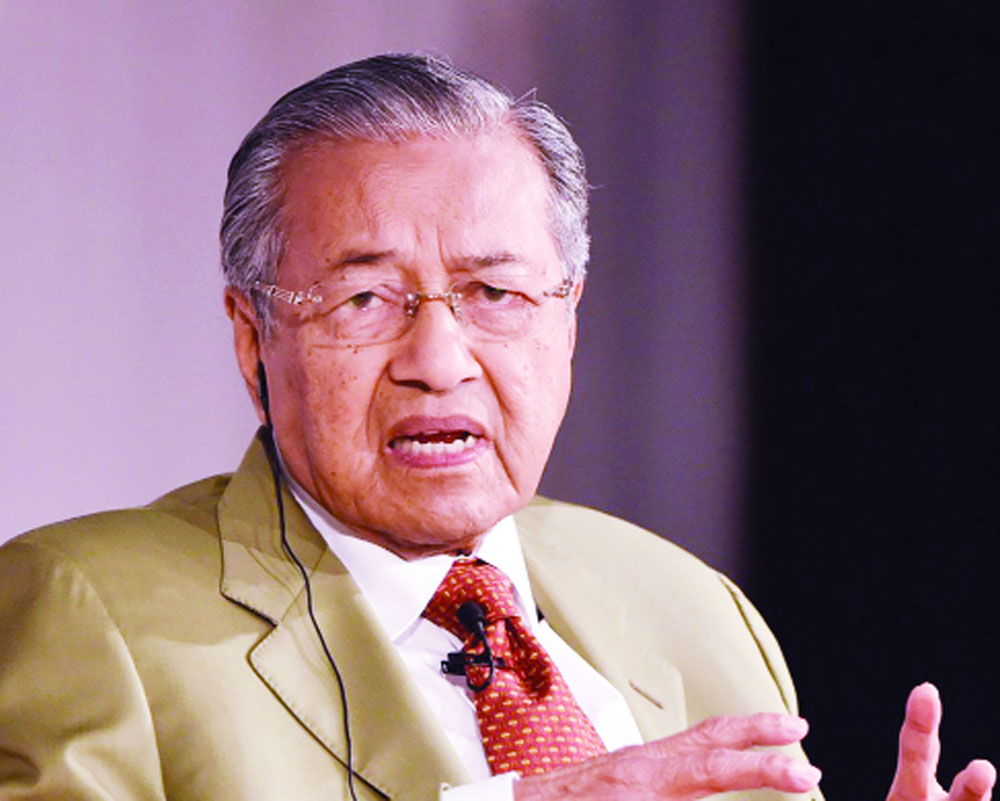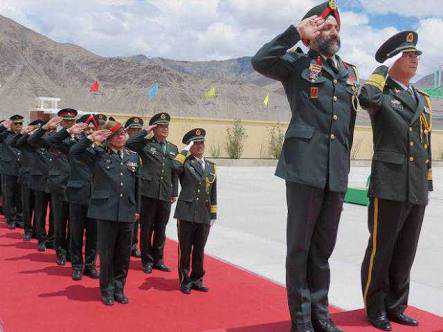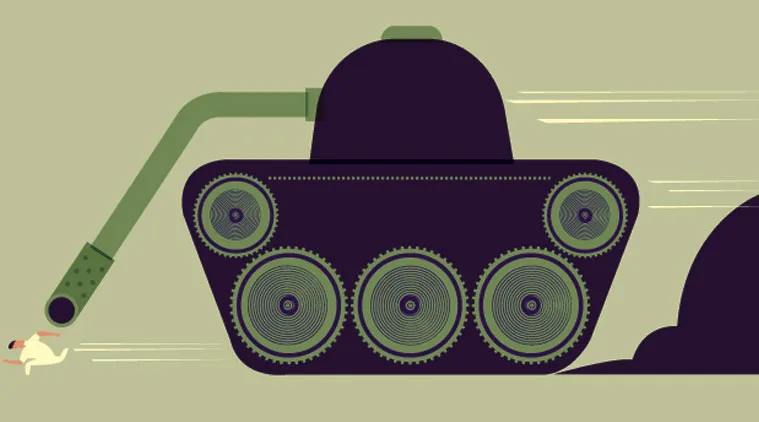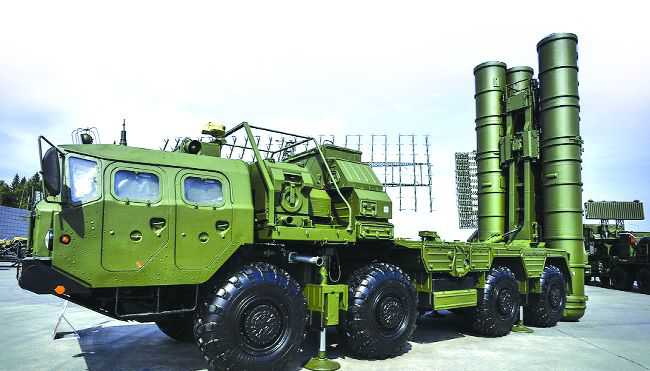
Ajay Banerjee
Tribune News Service
New Delhi, October 5
Ignoring threat of US sanctions, India on Friday went ahead with the deal to procure the S-400 “Triumf” air-defence missile system from Russia. The move comes a month after India and the US signed an agreement on exchange of military information — Communications, Compatibility and Security Agreement (COMCASA).
An Indo-Russian joint statement after the Narendra Modi-Vladimir Putin meeting in New Delhi read: “Both sides welcomed the conclusion of the contract for the supply of the S-400 long-range surface-to-air missile system to India.”
The move is a clear indication of the balance India has maintained between Russia and the US. The Tribune was the first to report in its September 7 edition that despite inking COMCASA, “India will run the course its military relations with Russia”.
India has a strategic partnership with the US but has made it clear to Washington that India-Russia military relations stand separate from India-US ties and that these are not inter-connected.
The US, in June, passed the Countering America’s Adversaries Through Sanctions Act (CAATSA) that requires imposing curbs on nations that have “significant” defence relations with Russia.
There is a provision for a waiver and New Delhi has argued out its case to the US. The US has reacted to the S-400 deal saying “the intent of CAATSA is to impose costs on Russia and is not intended to impose damage to the military capabilities of our allies (India)… The waiver authority is not a blanket waiver. Waivers are considered on transaction basis. We cannot prejudge any sanctions decisions”.
Alexander Mikheev, who heads Rosoboronexport, the Russian state-controlled intermediary for export of arms said “contract for S-400 is the biggest (ever) between Russia and India and the largest in the history of Rosoboronexport. Today we begin to execute it”.
Among the 39 entities listed by the US on the ban list is the Rosoboronexport.
India is buying five systems costing some $5.4 billion. These will provide an “umbrella coverage” against any air-borne threats, including nuclear missiles, stealth aircraft, fighter jets, missiles, UAVs etc. The radars on ground can track around 300 targets and then guide missiles to shoot down around three dozen targets simultaneously over a range of 400 km.
For example, an S-400 system deployed near Jalandhar in Punjab can track aircraft flying well over Islamabad and Peshawar in Pakistan. Moscow is the single largest supplier of weapons and military equipment to India. The Stockholm International Peace Research Institute (SIPRI), on March 12 this year, released its annual report “trends in international arms transfers”. Making an assessment for a five-year block (2013-2017) it said Russia accounted for 62 per cent of India’s arms imports.
India, Russia ink S-400 deal; no sanctions on ally, says US
NEW DELHI: India on Friday hammered out a ~39,000-crore deal for five S-400 Triumf air defence missile systems with Russia during the annual summit between the two countries led by Prime Minister Narendra Modi and visiting President Vlamidir Putin.
The deal has been inked despite concerns flagged by the US, which has slapped sanctions on Russia, about the purchase of the missile systems capable of knocking down jets, missiles and unmanned aerial vehicles at a range of 400km. New Delhi is seeking a sanctions waiver, given that Russian-origin weaponry is in widespread use in the Indian armed forces.
The two sides “welcomed the conclusion of the contract for the supply of the S-400 longrange surface-to-air missile system to India,” said a detailed joint statement issued after the two leaders met for the 19th edition of the summit.
The US passed the Countering America’s Adversaries Through Sanctions Act earlier this year, and said countries trading with Russia’s defence and intelligence sectors would face automatic sanctions under the sweeping legislation. State Department spokesperson said this week that the implementation of the sanctions act would be focused at countries acquiring weapons such as the S-400 missile batteries. Last month, the United States imposed sanctions on China’s military for its purchase of combat fighters as well as the S-400 missile system it bought from Russia this year.
After Friday’s landmark deal was signed, the US embassy said the sanctions were aimed at punishing Russia and not to damage the military capabilities of its allies, indicating that India would be spared from the sanctions.





















































